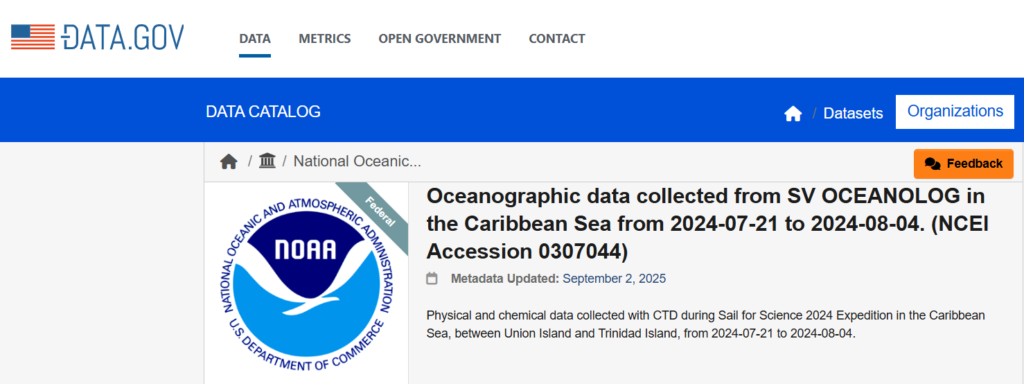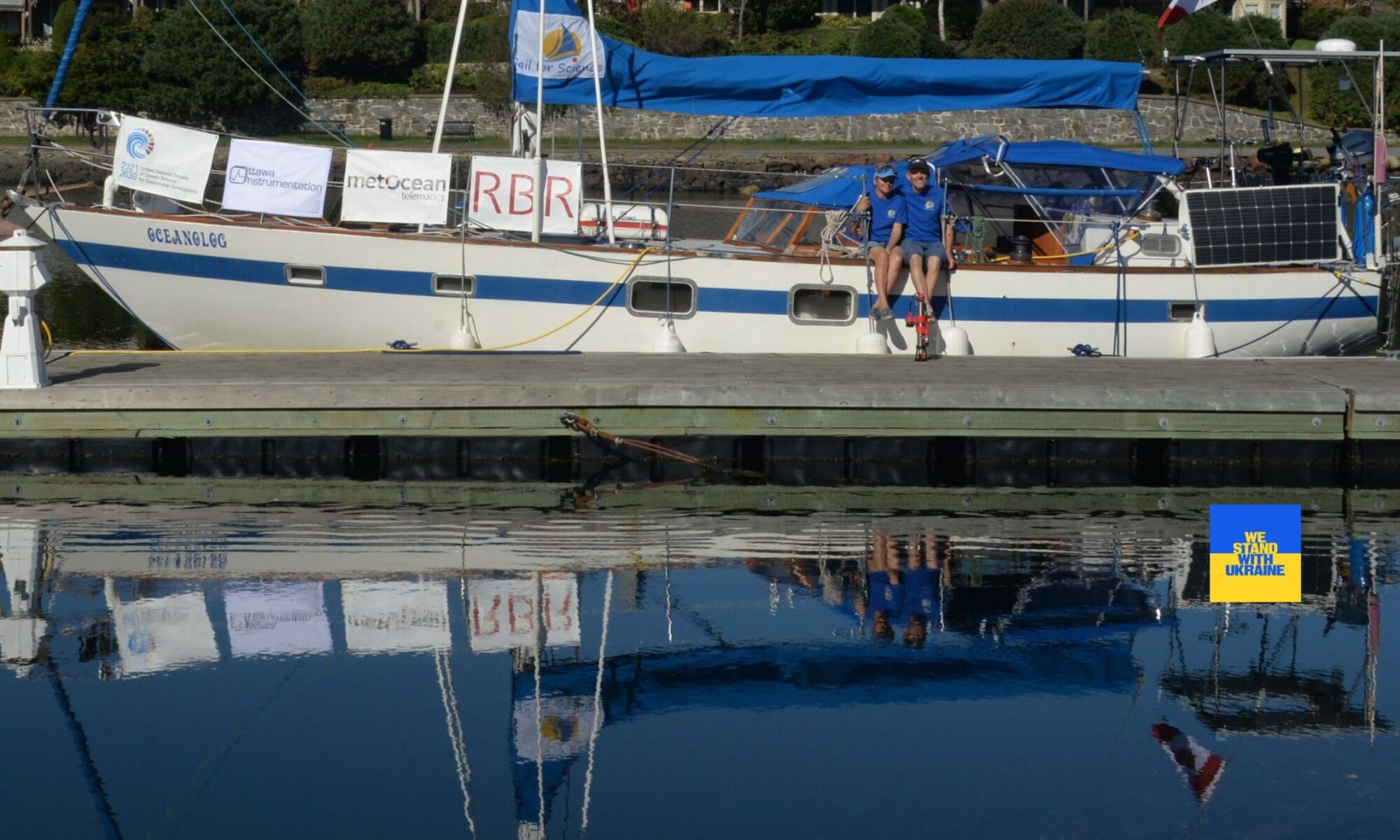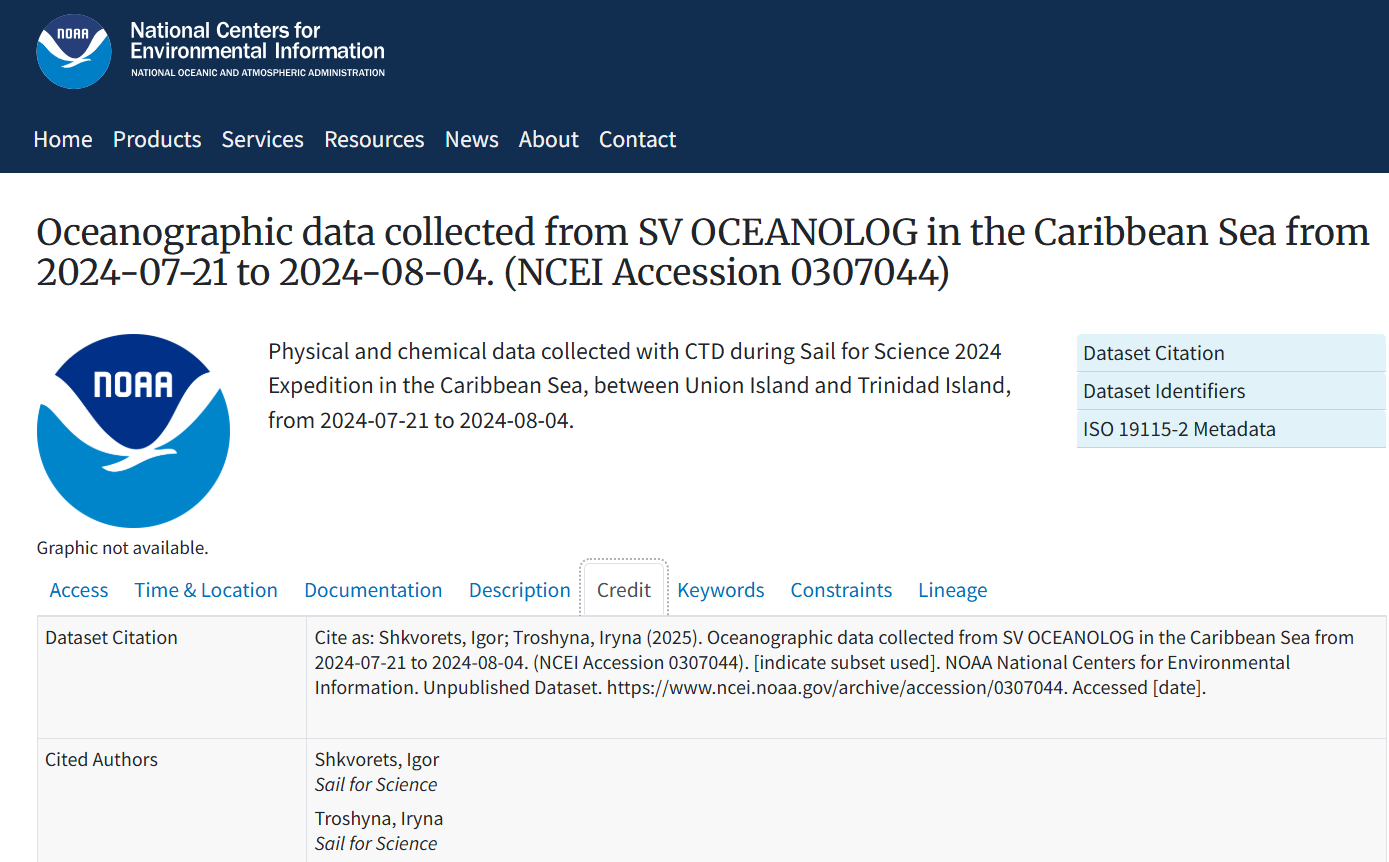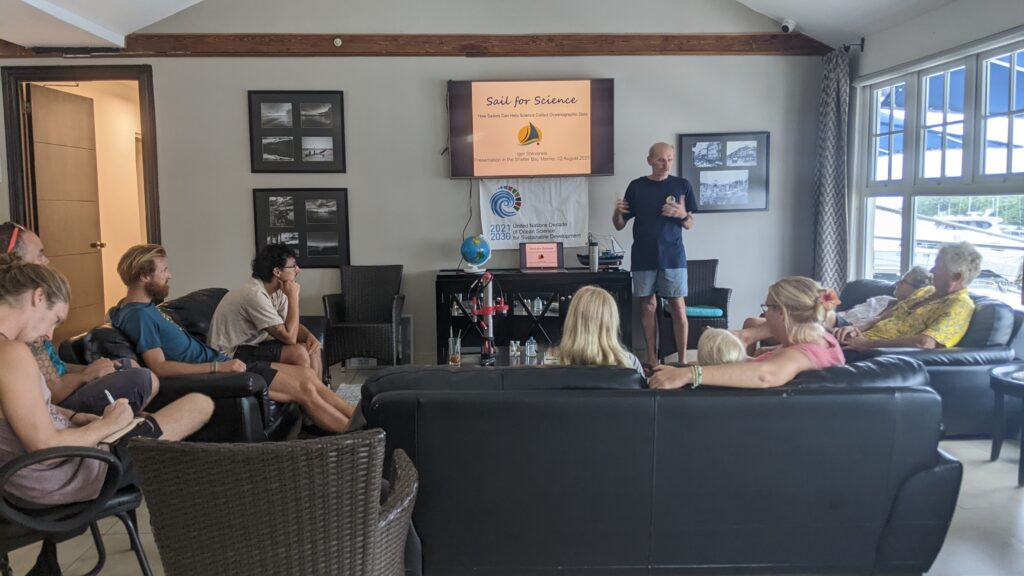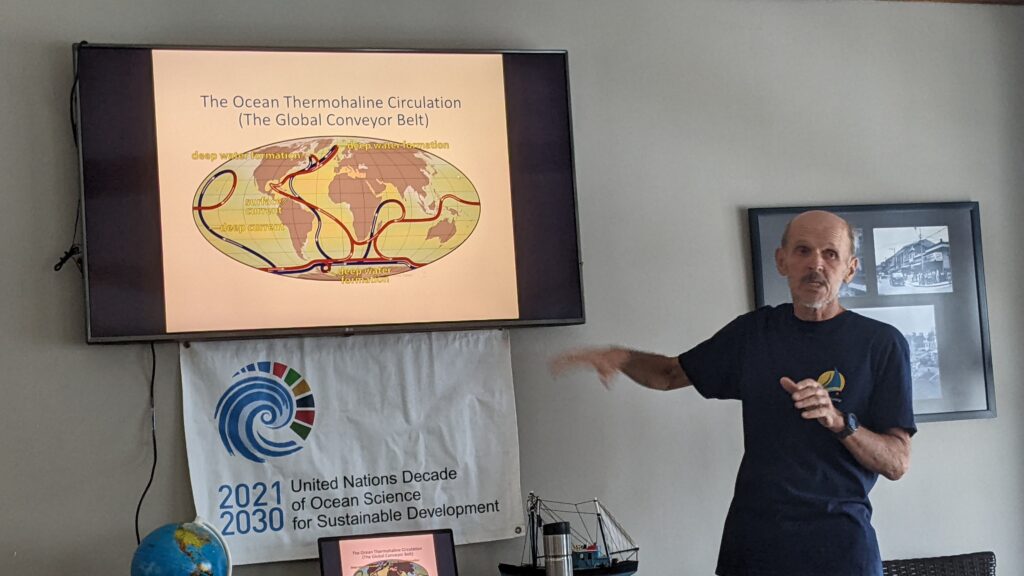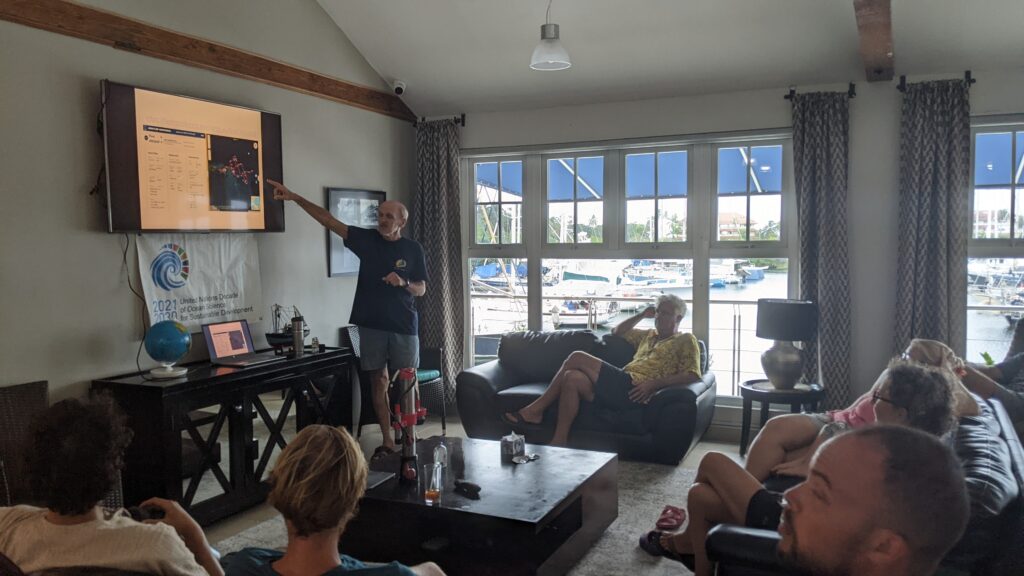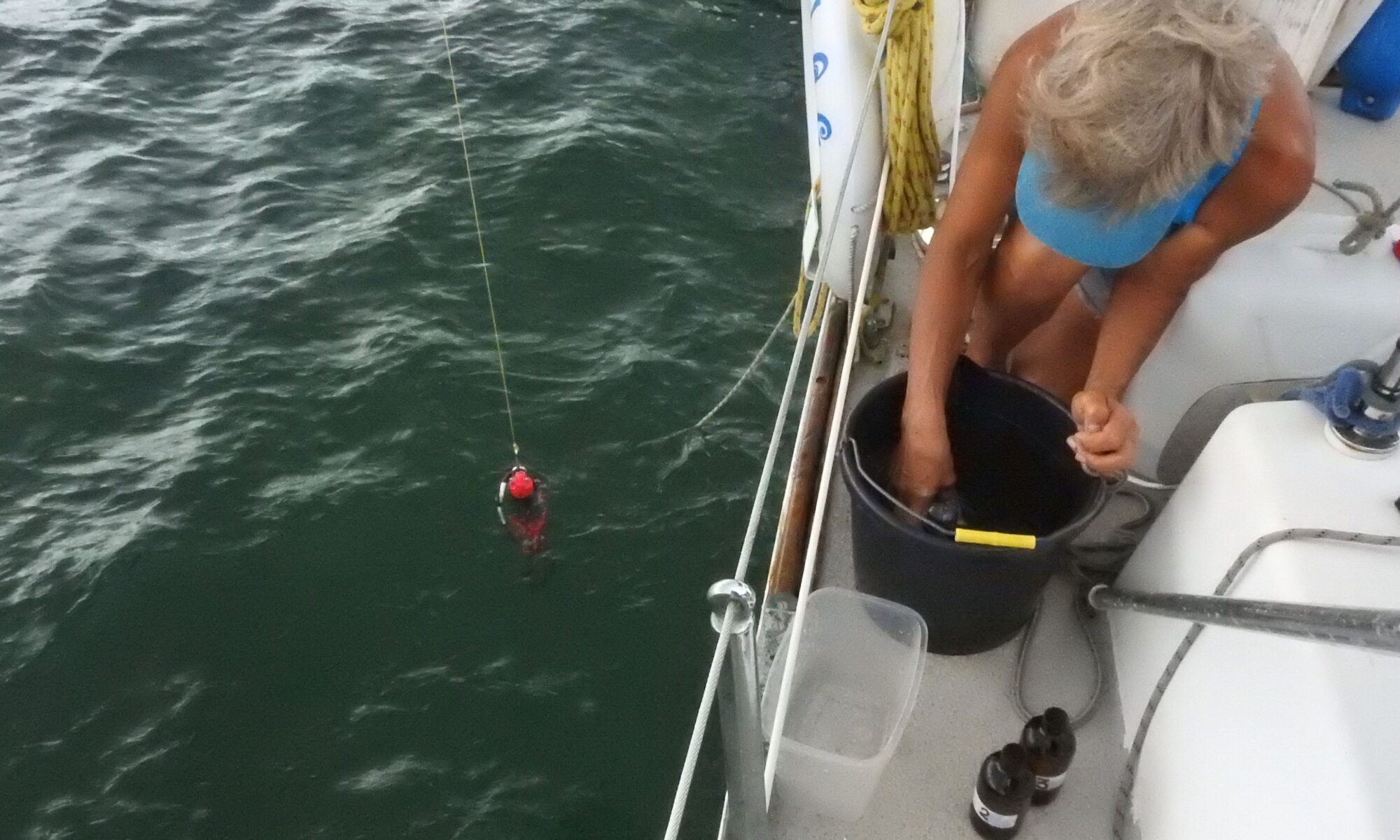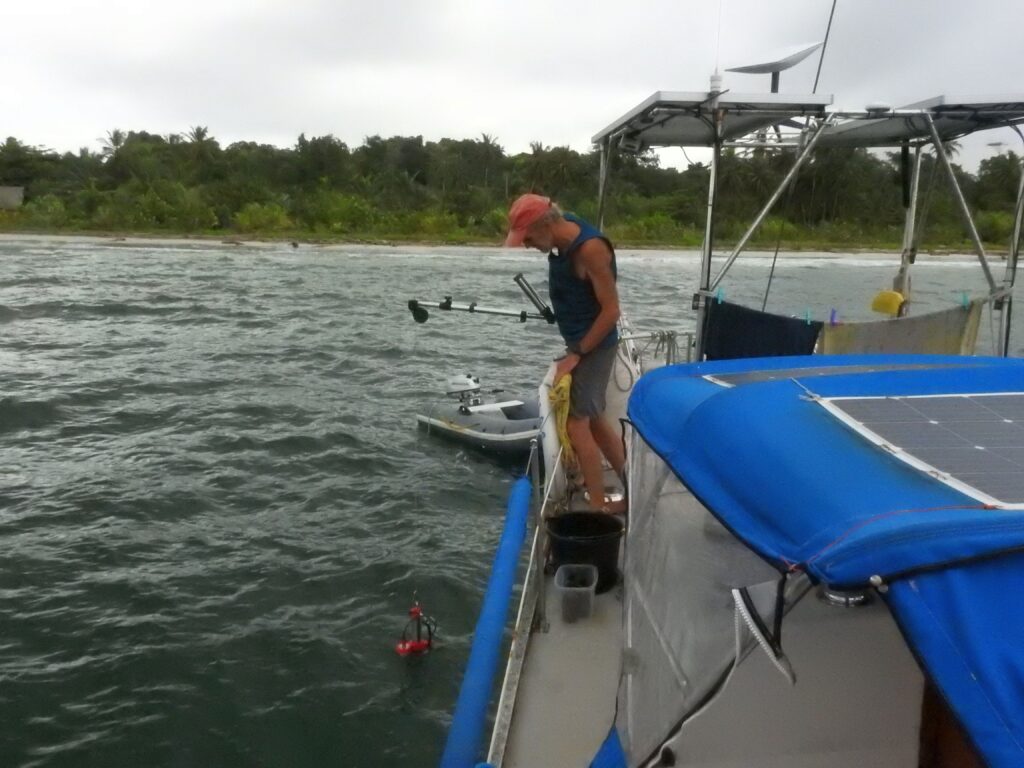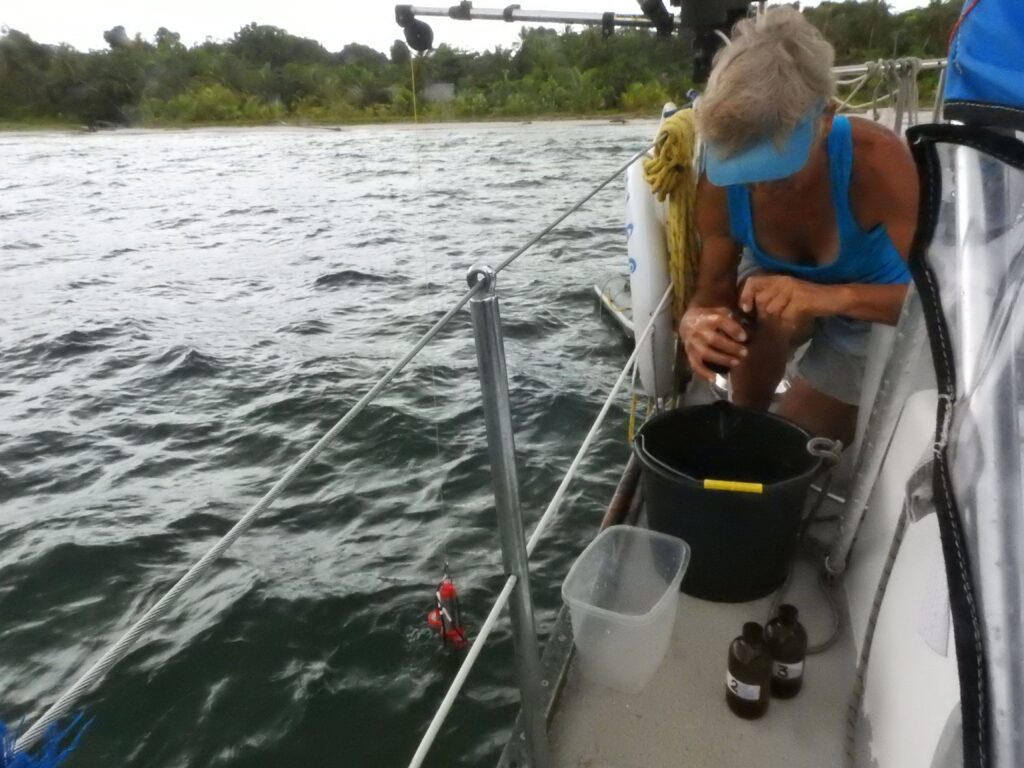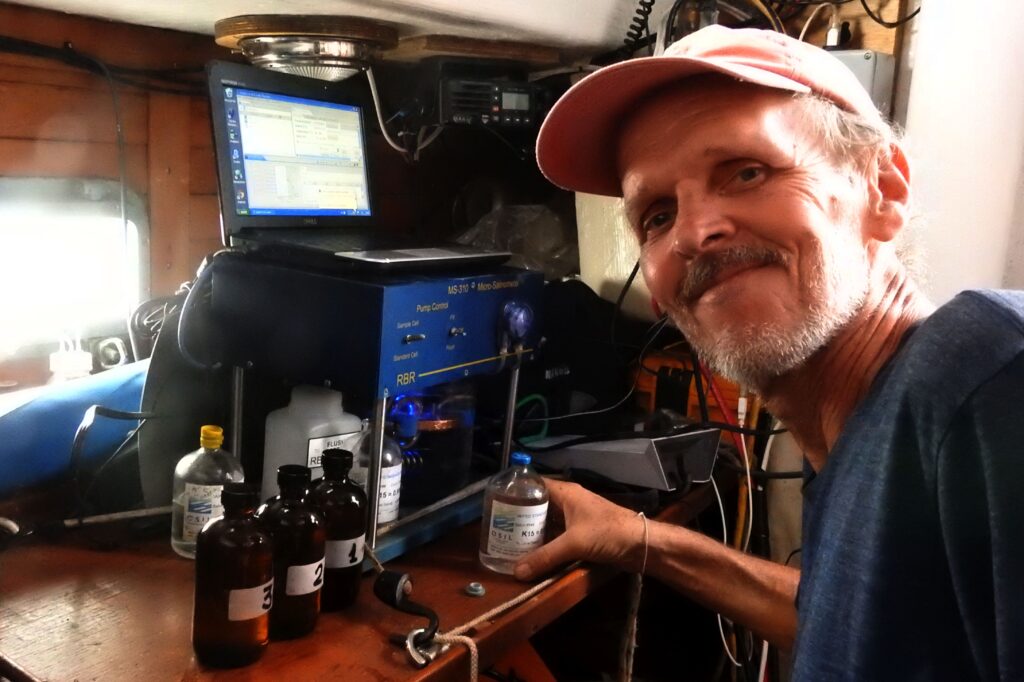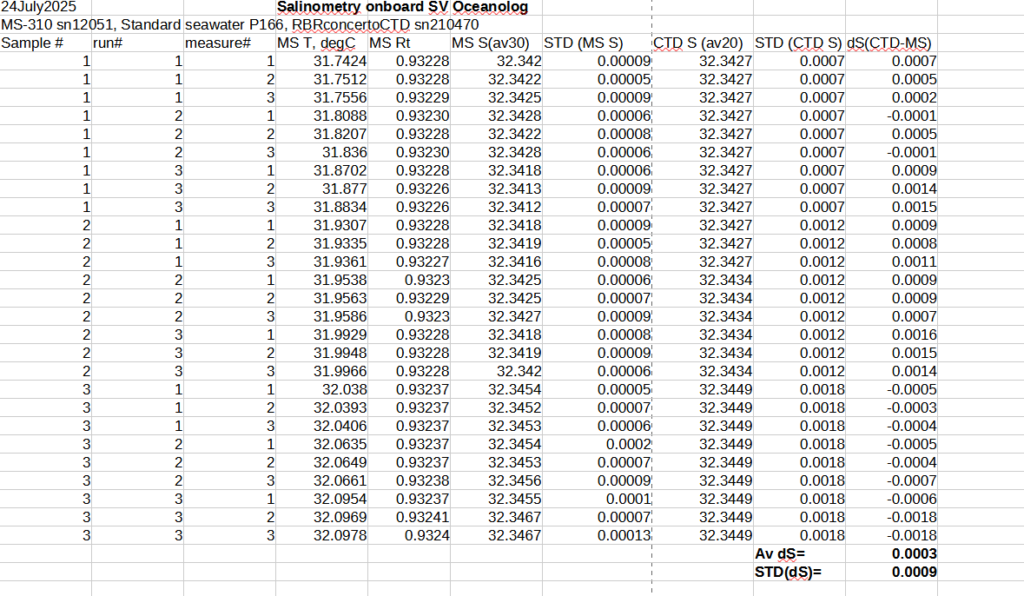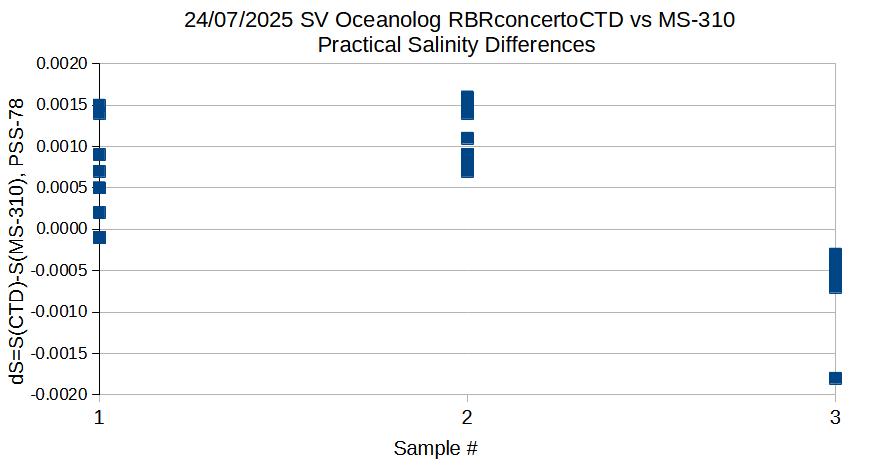I’m delighted to announce that our first oceanographic dataset has been accessed into the World Ocean Database (NOAA NCEI). These are physical and biogeochemical data collected with RBRconcertoCTD during our “Sail for Science 2024” Expedition in the Caribbean Sea, between Union Island (Grenada) and Trinidad Island (Trinidad and Tobago), from 2024-07-21 to 2024-08-04, following the Hurricane Beryl. With this data submission, we demonstrate the feasibility of such data transfer, coordinated at the data quality control level with NCEI data archivists. This is the final formal task of our project. Hooray!
Here are the links to the US Government Data Catalog: https://catalog.data.gov/dataset/oceanographic-data-collected-from-sv-oceanolog-in-the-caribbean-sea-from-2024-07-21-to-2024-08-
and NOAA NCEI portal: https://www.ncei.noaa.gov/access/metadata/landing-page/bin/iso?id=gov.noaa.nodc:0307044
